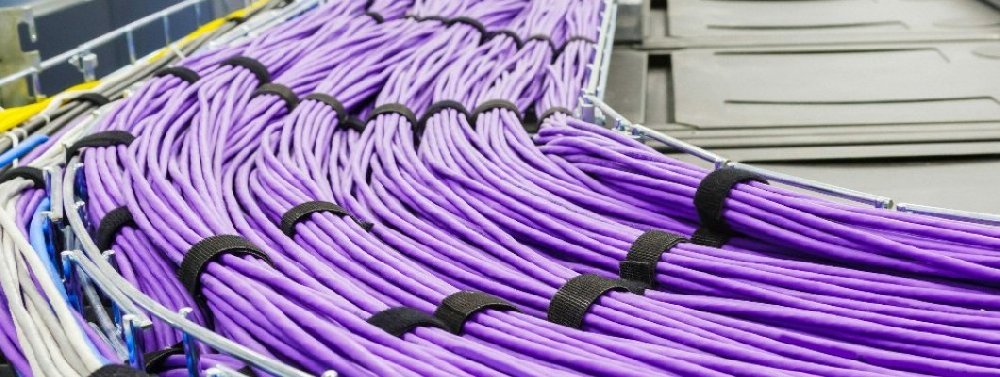
Efficient cable organisation extends beyond mere tidiness
in the server room; it delivers tangible advantages that influence the
performance of your data centre:
- Enhanced
Airflow: Ensuring proper cable management prevents cables from obstructing airflow
within racks, averting overheating and cutting down on cooling expenses.
- Simplified
Troubleshooting: Well-organised cables make it simpler to identify and
address issues, reducing downtime and mitigating the risk of human error
during maintenance.
- Scalability:
Cables that are effectively managed are more adaptable to future
expansion, saving time and resources when adding or replacing equipment.
- Compliance:
Conforming to industry standards for cable management is frequently a
requirement for certifications and audits.
Best Practices for Cable Management: Understanding
the significance of cable management, let's delve into some best practices to
help you master this indispensable skill:
- Strategic Planning: Before installing a single cable, have a well-defined plan. Consider the arrangement of racks, the positioning of power sources, and the route of data cables. Ensure there's ample space for future expansion.
- Utilise
Cable Management Accessories: Invest in accessories such as cable clips, floor sockets & boxes,
and cable ties
to organise and secure cables, preventing tangling and disorder.
- Thorough
Labelling: Label cables and their connections for ease during
troubleshooting and maintenance. Employ colour-coded labels for
straightforward identification.
- Orderly
Cable Routing: Keep power cables and data cables separated to minimise
interference. Implement cable management pathways, such as overhead or underfloor conduits,
for a tidy appearance.
- Implement
Cable Bundling: Group cables together using Velcro straps or cable
ties, avoiding over-tightening to prevent damage or hindrance to future
modifications.
- Documentation
Maintenance: Regularly create and update cable documentation,
including detailed records of cable types, lengths, and connections.
Digital tools can streamline this process.
- Team
Training: Ensure your IT staff is proficient in proper cable
management techniques. Consistency in execution is crucial for maintaining
a clean and efficient data centre.
- Routine
Audits and Maintenance: Conduct regular audits to identify and rectify
any cable management issues. Remove unused or obsolete cables to declutter
racks.
- Future-Proofing:
When installing new cables, plan for future growth by leaving some slack
for adjustments and additional connections.
Conclusion: In the fast-paced realm of data centres,
cable management might seem like a minor detail, but its impact is profound.
Effective cable management enhances system performance, reduces downtime, and
simplifies maintenance tasks. By adhering to these best practices and investing
time and resources into cable organisation, you'll ensure that your data centre
operates at peak efficiency, both today and in the future.
If you are looking to improve the efficiency of your cable
management, check out our range of cable management products here.


















































































































































